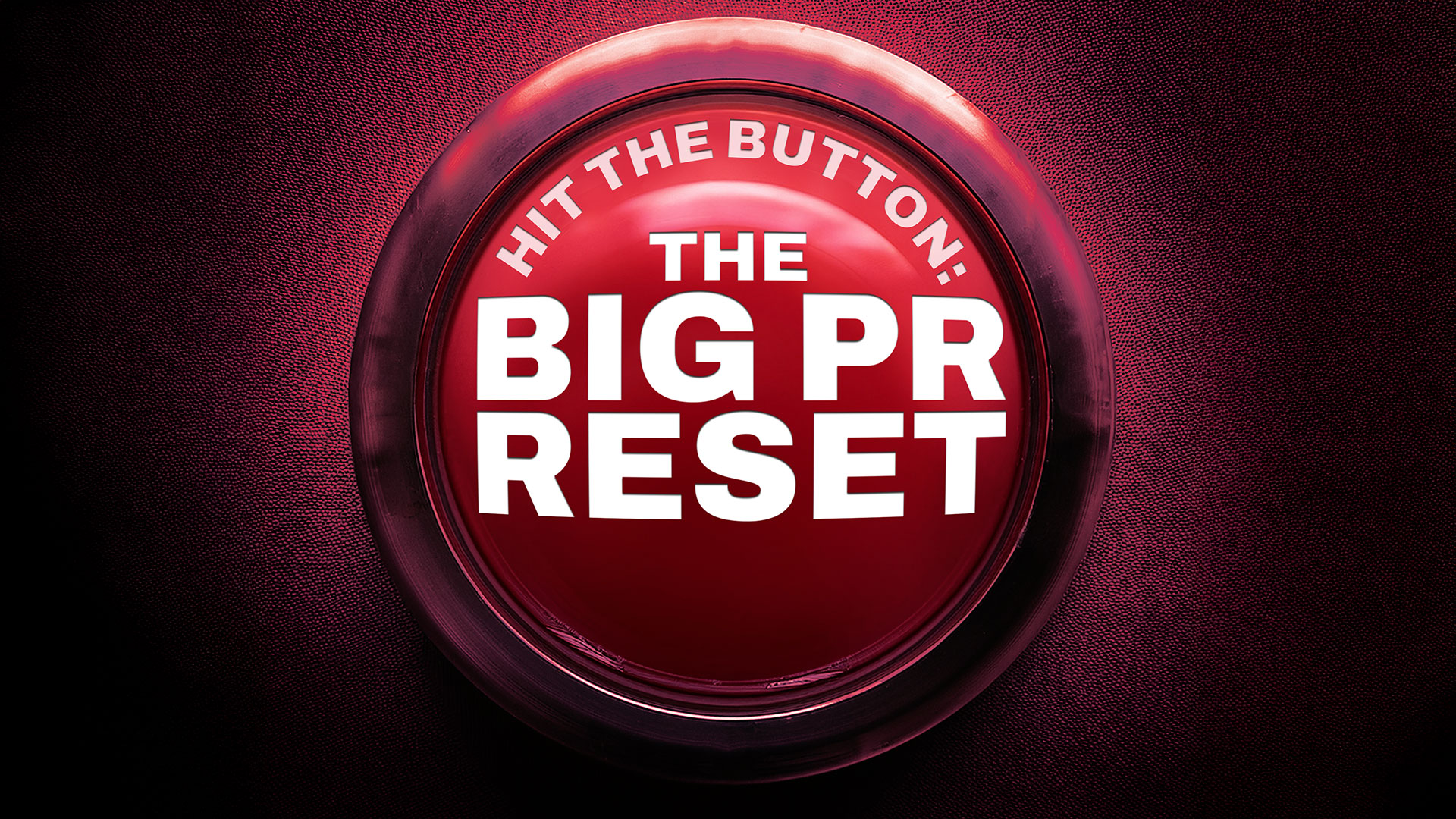In this blog, Richard Peters, Senior Content Creator at Whiteoaks, discusses:
- Why customer-centred storytelling helps B2B tech brands cut through feature-driven noise
- How to shape narratives around real-world outcomes, proof points and human insight
- Practical ways to extend one strong story across channels while supporting wider business goals
In a technology market crowded with ‘feeds and speeds’, and lengthy lists of features that look and sound much the same, a compelling story can act as the lever that enables your brand to stand out from the crowd and help you connect with your target audience.
For decades, the importance of storytelling in tech PR has been demonstrated by brands using the approach to foster stronger emotional connections with their customers, build trust and ultimately drive sales.
But it’s the nature of the story they are telling that really makes a difference. For B2B technology companies, successful storytelling is never about simply broadcasting product specs or boasting about speed to market. Instead, the focus should be on weaving narratives that resonate with decision-makers and spark conversations that convert interest into contract wins.
That strong engagement with the end audience is key to successful storytelling, of course. B2B businesses, after all, frequently convince themselves that they have a compelling story to tell but in reality, these stories often struggle to excite external targets.
The launch of a new company website, for example, may seem big news to the business concerned but customers, prospects and partners are likely to be left cold. That’s because, when told straight, the story lacks the “so what?” factor that can translate an internal narrative into a proposition that addresses industry pain points and can make stakeholders across a target market sit up and pay attention.
That doesn’t mean that the story itself has no value but rather that the business needs to find a new angle.
Framing the narrative in a different way
Successful storytelling depends not just on the story but the way that story is told. That’s true even in the case of the new website. It is a dry narrative, if told straight, but shift the angle to the customer benefit: faster self-service, a refreshed knowledge base and improved uptime for support and the same announcement starts to matter.
The most effective examples of storytelling also have a human element. Tech solutions often sound abstract: algorithms, machine learning models, API cycles. Without context, they remain just words on a spec sheet. Good storytelling brings those concepts to life.
By framing your innovation around a customer challenge – whether that’s reducing supply-chain bottlenecks, or powering next-generation healthcare analytics, you highlight tangible outcomes and engage your end audience.
When prospects hear about how a manufacturing firm has reduced downtime by 30% or how a hospital has cut waiting times by 20%, they don’t just see dry statistics, they see real world benefits they can potentially tap into.
This kind of third party endorsement proves that the story the business is telling, and the benefits they are talking about, are true. Audiences are much more likely to start caring about the solution as a result.
Building credibility and trust
Trust is earned, not assumed. Peer validation, case studies, testimonials, analyst endorsements play a central role in B2B tech buying decisions. A story rich with credible data points and authentic voices invites readers to believe in your brand.
Openly sharing the challenges that your product team faced and explaining how they subsequently overcame them to develop an innovative new solution, shows transparency. It reassures stakeholders that you understand the market’s demands and have the expertise to deliver.
Aligning with business objectives
Effective B2B PR doesn’t exist in a silo. Organisations must always ensure that they clearly align their storytelling efforts with the broader commercial and strategic goals of the business, whether that’s a new product launch, a funding round, or the opening of a new international office.
A well-timed narrative around your latest platform upgrade, for example, has the potential to support investor communications, social media campaigns, keynote presentations and sales collateral in unison. This consistency amplifies impact, ensuring every channel delivers a cohesive message.
Engaging through multiple channels
Quality narratives can, and should also have a long shelf life. A single, well-crafted story can fuel diverse content assets: press releases, by-lined articles, multimedia case studies, podcasts and social media posts. B2B tech businesses can, for example, transform a customer success story into a short video that highlights client testimonials, then distil key statistics into an infographic.
By repackaging the core narrative across formats and sharing across owned and earned media, businesses can meet their audience where they consume information, enhancing reach and engagement, and ensuring that the story keeps delivering benefits for them over the longer term.
Measuring impact
Storytelling effectiveness can also be measured. Organisations can track media pickup, share of voice, social engagement rates and website traffic to relevant content.
You can even supplement these metrics with qualitative feedback from analysts, messages from prospects or anecdotal evidence from their team. When you see a spike in inbound demo requests following a high-profile thought leadership piece, you know your story has had genuine traction.
For B2B tech companies, storytelling is a strategic imperative. Narratives that humanise technology, reinforce credibility and differentiate your brand can accelerate media coverage, fuel demand generation and strengthen customer relationships.
By consistently applying storytelling best practices across channels and aligning them with business objectives, tech PR teams can turn abstract innovation into compelling reasons for audiences to listen, engage and ultimately act.
Ready to get your tech story heard? Speak to the Whiteoaks team today.







